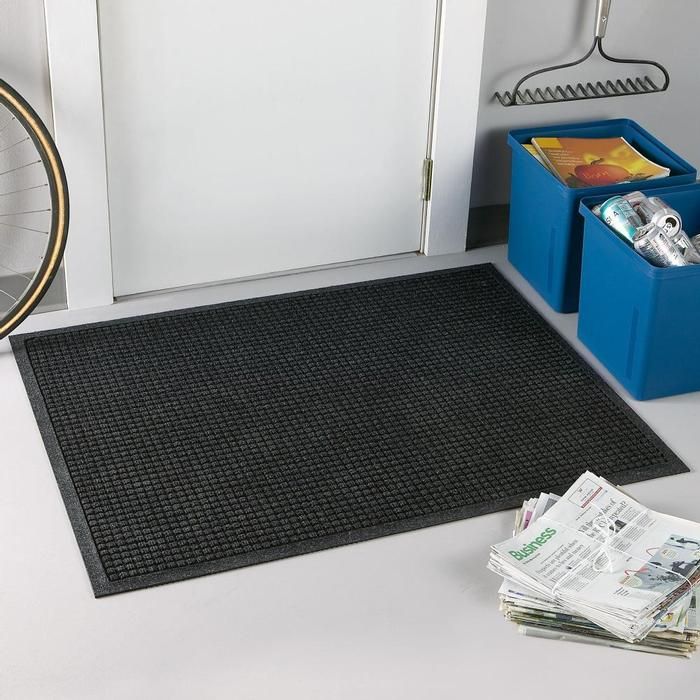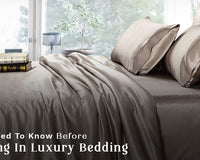Rubber mats are an excellent investment for any home, business, or facility due to their durability, slip resistance, and overall functionality. However, regular cleaning and upkeep are required to keep these advantages for an extended period.
In this article, we'll review some tips and tricks for cleaning and maintaining your rubber mats to keep them in excellent condition for long-term use.
Types Of Rubber Mats
Rubber mats come in various types and designs, each suited for a specific use:
- Anti-fatigue mats: These mats alleviate the strain and pain associated with prolonged durations of standing. They are commonly used in commercial kitchens, factories, and other workplaces where employees stand for extended periods.
- Anti-slip mats: As the name suggests, these mats are designed to provide slip resistance in wet or slippery areas. They are commonly used in swimming pools, changing rooms, and other areas prone to water or moisture.
- Entrance mats: The purpose of these mats is to collect dirt and other waste from people entering a building. They are widely used in commercial and domestic settings to keep mud, snow, and sand outside.
- Gym mats: These mats are designed to provide cushioning and slip resistance in gyms and fitness centres. They are commonly used under weightlifting equipment and in exercise areas.
- Horse stall mats: These mats are designed to provide cushioning and slip resistance in horse stalls. Horses benefit significantly from them; hence they are often installed in stables and barns.
- Playground mats: These mats are designed to provide children with a safe and cushioned surface. They're a standard safety feature in playgrounds, from public parks to classrooms.
- Kitchen mats: These kitchen mats are designed to provide slip resistance and cushioning in commercial kitchens. They are commonly used in areas where spills and liquids are common to prevent slips and falls.
- Industrial mats: These are designed for constant, rigorous usage in commercial and manufacturing environments. They are commonly used in factories, warehouses, and other industrial environments for slip resistance and cushioning.
Cleaning And Maintenance Supplies
You'll need basic supplies such as a broom, vacuum cleaner, mop, mild detergent, and a soft-bristled brush to clean and maintain your rubber mats. You may also require a pressure washer for deep cleaning and disinfecting solutions for removing germs and bacteria.
Regular Cleaning
To keep your rubber mats clean and free of dirt and debris, it's essential to perform regular cleaning. Simply routinely brushing or vacuuming the mats will do this. You can use a mop with mild detergent and warm water for a deeper clean. Make careful to rinse to prevent leaving any soap residue thoroughly remain.
Deep Cleaning
You may need deep to clean your rubber mats for a more thorough cleaning. You may use a low-pressure pressure washer or a soft bristles brush and detergent to clean the matting. You should give the mats a good rinsing with water and let them air dry before putting them back where they belong.
Stain Removal
If you notice any stains on your rubber mats, you can use a cleaning solution to remove them. Scrub the area with a soft bristles brush after applying the solution and letting it rest for a few minutes. The mats should be given a good rinsing and then let to dry thoroughly.
Disinfecting Rubber Mats
To keep your rubber mats germ-free, it's important to disinfect them regularly. Both store-bought and DIY disinfectant mixtures may be used. After letting the solution soak for a few minutes on the mats, rinse them well with water.
Preventive Maintenance
The longevity of your rubber mats depends on your proactive maintenance. This includes placing mats in areas with low foot traffic, avoiding exposure to direct sunlight, and using a mat cleaner to remove dirt or debris before it gets ground into the mat.
Storage Tips
Proper storage is vital to maintain the longevity of rubber mats. Here are some storage tips for rubber mats:
- Roll the mat up: To prevent creases that can result in irreversible damage, it is advised to roll the rubber mat up rather than folding it.
- Keep in an excellent, dry location: To prevent damage from heat or moisture, store the mat in an excellent, dry location away from direct sunlight.
- Avoid stacking heavy objects: Steer clear of piling essential things on the mat; doing so might lead to damage or distortion.
- Clean and dry the mat: To avoid mould or mildew development, ensure it is clean and dry before storing it.
- Use a cover: To protect the mat from dust, grime, and other debris, cover it with a sheet or plastic cover.
Following these storage tips ensures that your rubber mats remain in good condition and last longer.
Rubber mats are an excellent investment for any home or business, but cleaning and maintaining them regularly is essential to ensure their longevity. With these tips and tricks, you can keep your rubber mats in excellent condition for long-term use.


